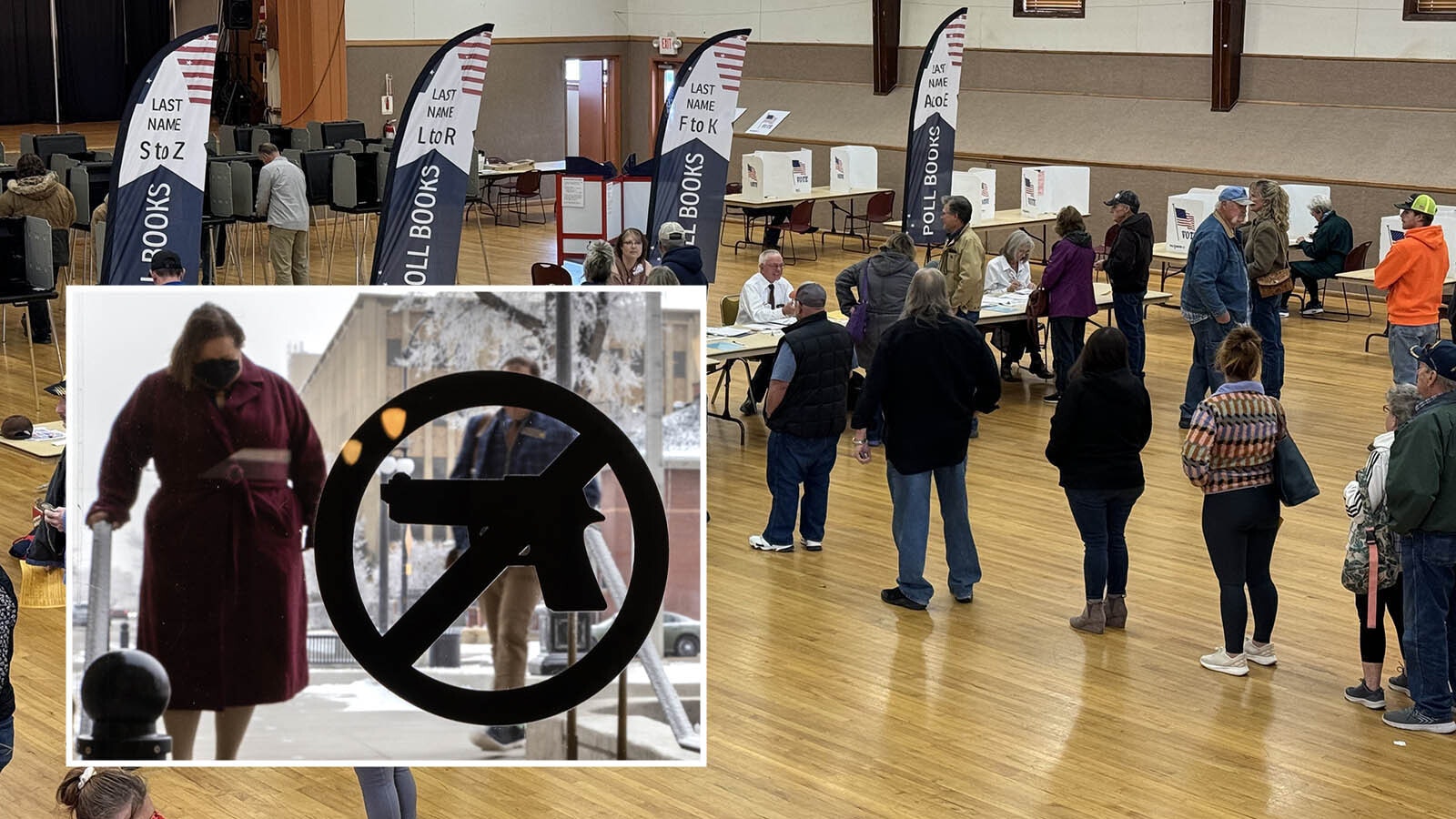Wyoming wheat farmer Lois Van Mark would like to build new fence around the roughly 100 acres of property she just bought, but says she can’t afford to because she keeps having to pay for fences for her new neighbors.
Van Mark testified before the Wyoming Legislature’s Joint Agriculture, State and Public Lands & Water Resources Committee on Tuesday to open the 2023 legislative session about Senate File 73. The bill aims to clarify the costs and responsibilities for fences between rural neighbors.
The committee voted to forward the bill to the Wyoming Senate floor.
New Neighbors, Big Costs
Van Mark told Cowboy State Daily that her family farms about 4,000 acres in Goshen County, and for years their land was surrounded by vast cattle ranches.
Wyoming is a “fence out” state, which means if somebody doesn’t want a neighbor’s livestock on their property, they must fence the animals out at their own expense. However, Van Mark said that in the past, her neighbors were always willing help build fences and split costs with her family.
Livestock fencing – typically four strands of barbed wire – is expensive, Van Mark said. It can cost $11,000 to $12,000 a mile.
However, ranches over the years are being sold off into smaller parcels, typically “hobby farms” of about 300 acres or so, she said.
And some of her new neighbors have taken advantage of current Wyoming law, sending her bills for their fences. In 2022, that added up to about $10,000, meaning she can’t afford to fence her own new property.
Splitting Costs
SF 73 would hold landowners responsible for no more than half the cost of “lawful wire fences” around new subdivisions. Lawful fences are defined as those adequate enough to keep livestock out.
The costs for fencing that go above and beyond that basic requirement would fall solely on subdividers, according to the bill.
There’s been a growing trend of new subdivisions building elaborate and costly fences, and then trying to stiff adjacent agricultural landowners with the bills, said members of the committee while discussing the bill.
The bill would also clarify that long-term maintenance costs of fencing would fall upon the subdividers that built them.
It also sets hefty fines – up to $3,000 for property owners who try to get away with “unlawful” wife fences, or wire fences that aren’t sturdy enough to stop livestock.





